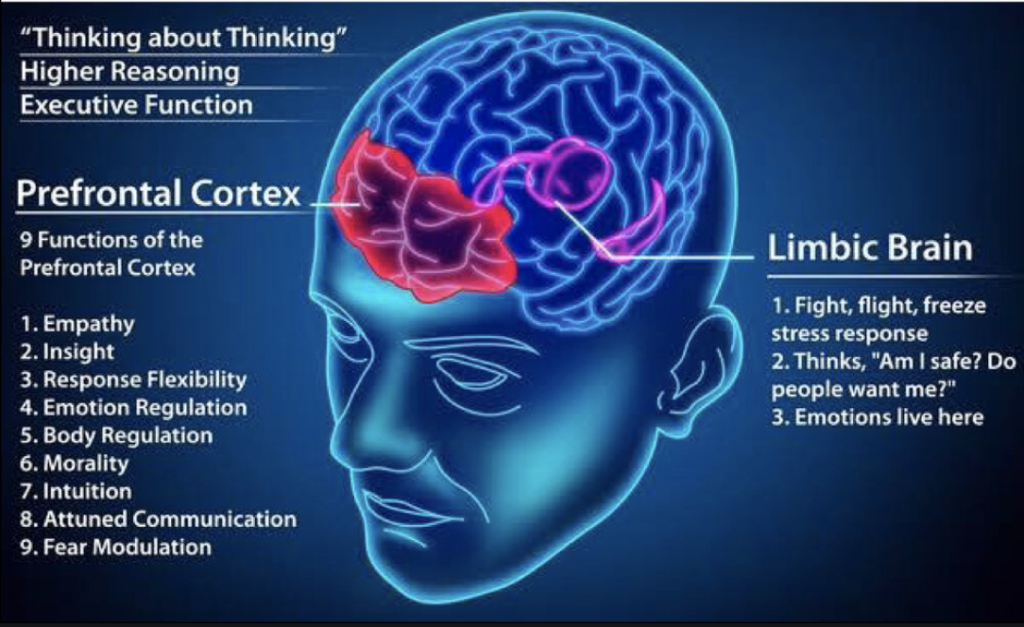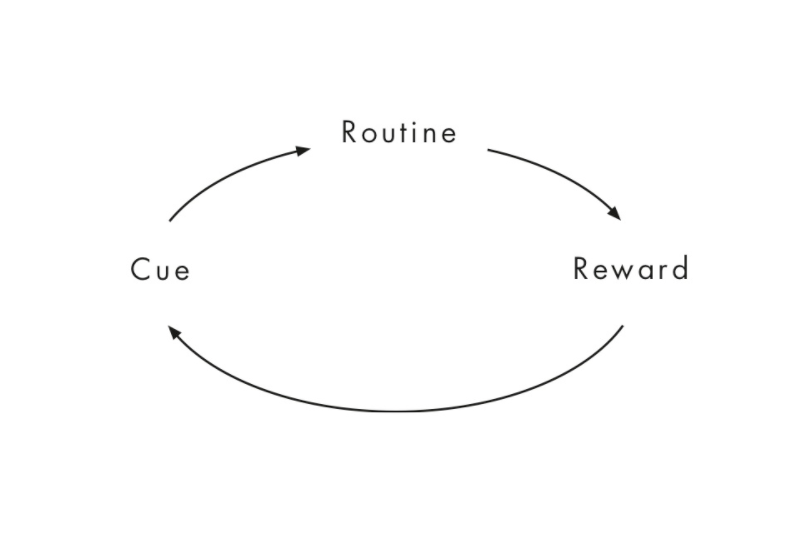Disclosure: This blog contains affiliate links. If you chose to purchase a product through this link, I receive a small commission from the sale, at no additional cost to you.

Introduction
To clarify the content of this blog, I am not writing about the mythical “5 second rule” that jokingly but falsely asserts that an item (often food) that has fallen to the ground but retrieved in less than 5 seconds is free of bacteria. Several years ago, motivational speaker and author Mel Robbins created her own 5 Second Rule to combat procrastination and serve as motivation, mentioned it in a now famous TED Talk, then wrote a book on the technique that propelled her career into a very successful trajectory.
The essence of the technique is this:
The moment you have an instinct to act on a goal, you must move/act on it within 5 seconds, or your brain will stop you. Count down 5-4-3-2-1-GO and spring into action.
When she created the Rule, she did not know how or why it worked for her, but when she began to share this trick with others, innumerable testimonials came forth hailing this as a major breakthrough. When people started reaching out to her and ask her how and why it worked, she began to do some research into the technique and found some quasi-scientific basis that I will discuss here.
The 5 Second Rule Is a Form Of Metacognition
Metacognition is a fancy term that means knowing what you are thinking and regulating what you are thinking. It is a strategic higher-level way of thinking. In short, the technique outsmarts your own brain by tricking it into doing things that you don’t feel like doing. These are things that you are not motivated to do, but that need to get done. By using higher-order thinking skills such as metacognition, you can interrupt what researchers call “habit loops.“
A Brief Primer About The Brain
Our day-to-day behavior is the result a constant battle in our brains between the limbic system and the prefrontal cortex. To skip through most of the technical stuff, jump to the fourth paragraph of this section.

The limbic system, also called the paleomammalian brain, is one of the oldest and most dominant portions of the brain. It is a set of structures in the brain that deal with emotions and memory. It regulates autonomic or endocrine function in response to emotional stimuli and also is involved in reinforcing behavior . The limbic system consists of four main parts: the hypothalamus, the amygdala, the thalamus, and the hippocampus.
The prefrontal cortex (PFC) is the cerebral cortex covering the front part of the frontal lobe. This brain region regulates planning complex cognitive behavior, personality expression, decision making, and moderating social behavior. The basic activity of this brain region is the orchestration of thoughts and actions based on internal goals. The most typical psychological term for functions carried out by the prefrontal cortex area is executive function.
Executive function relates to abilities to differentiate among conflicting thoughts, determine good and bad, better and best, same and different, future consequences of current activities, working toward a defined goal, prediction of outcomes, expectation based on actions, and social “control” (the ability to suppress urges that, if not suppressed, could lead to unacceptable outcomes).
The older, more powerful limbic system contains the pleasure center and regulates the time we spend in “autopilot” or habit mode (40% of our day). This part of the brain protects us, keeps us safe, shielding us from anything that feels scary, hard or uncertain. The newer, less well-developed and weaker prefrontal cortex controls planning and decision-making. When we feel out of control over our lives or stressed, the prefrontal cortex function is suppressed, and the limbic system dominates, keeping us in our safe and easy default habits. In many individuals, this will lead to procrastination.
An Internal Locus Of Control
So to live up to your greatest potential, get unstuck and improve yourself, you need to take control of your prefrontal cortex. You do this by creating a feeling of control in your life, and this is where The 5 Second Rule comes into play. When you do the 5-4-3-2-1 countdown, you are exercising control, taking a deliberate action, and that pushes you out of autopilot. You activate the prefrontal cortex, and this cultivates an internal locus of control, meaning that you believe you have control over your outcomes and future successes; you attribute success to your own efforts and abilities as opposed to an external locus, where success comes from luck, fate or other factors outside your control.
According to research, those with an internal locus of control tend to be happier, in better health, more likely to achieve at work, have lower levels of stress, anxiety and depression, and have greater confidence in their ability to influence outcomes in their lives. And the more often the rule is used, the principle of momentum makes it easier to keep using it and keep feeling a sense of control over your life.
Besides momentum, something else keeps you moving forward, The Progress Principle: Of all the things that can boost emotions, motivation, and perceptions during a workday, the single most important is making progress in meaningful work. And the more often people experience that sense of progress, the more likely they are to be productive in the long run. Whether they are trying to solve a major scientific mystery or produce a high-quality product or service, everyday progress—even a small win—can make all the difference in how they feel and perform.
The 5 Second Rule And Feedback Loops Of Habits

Every habit is a feedback loop that has three components: a cue (or a trigger for an automatic behavior to start), a routine (the behavior itself) and a reward (which is how our brain learns to remember this pattern for the future.) Usually, you are locked into a negative feedback loop of your less desirable habits. Instead of feeling the need to engage in a negative behavior, you can use The 5 Second Rule to replace the negative action with something positive, and begin to create new behavioral patterns.
The Golden Rule of Habit Change says that the most effective way to shift a habit is to diagnose and keep the old cue and reward, and try to change only the routine. The 5 Second Rule can help you replace the negative routine after the cue or urge with a positive action. This can transform your negative habits into new positive ones, new positive feedback loops. As you continue to use the rule, you develop a bias towards action, which soon becomes a habit, and as you create new positive habits, you become a different person. You can actually form new neural pathways which can lead to lasting behavior change. Your mindset will continue to change for the better as your default mode becomes one of action rather than hesitation or procrastination.
So by using The 5 Second Rule to make decisions that put you in control, you learn to count on yourself and this keeps your prefrontal cortex activated. You develop authentic pride, the kind of pride fueled by the emotional rush of accomplishment, personal confidence and success. This feeling can be one of the biggest motivators to crush your goals.
Conclusion
All science aside, you can start using this countdown technique and see the results in your own life. You can think about The 5 Second Rule as a tool to motivate yourself into action, overcoming hesitancy and procrastination, shifting you into control, lowering your stress, and giving you the power to keep making positive decisions. The book details how you can use this hack to create positive change in every single area of your life.
To purchase this book through Amazon, CLICK HERE.
If you want to leverage your motivation to learn how to earn money in an online business that might be the springboard to a work from home side hustle or whole new job, I would encourage you to look into Entre Institute. This is a high quality educational program with personal mentoring that can help you achieve an awesome life. For more information, CLICK HERE.
